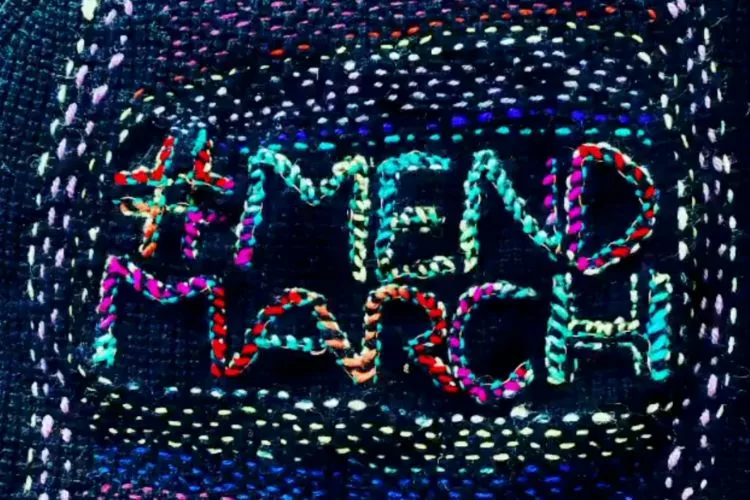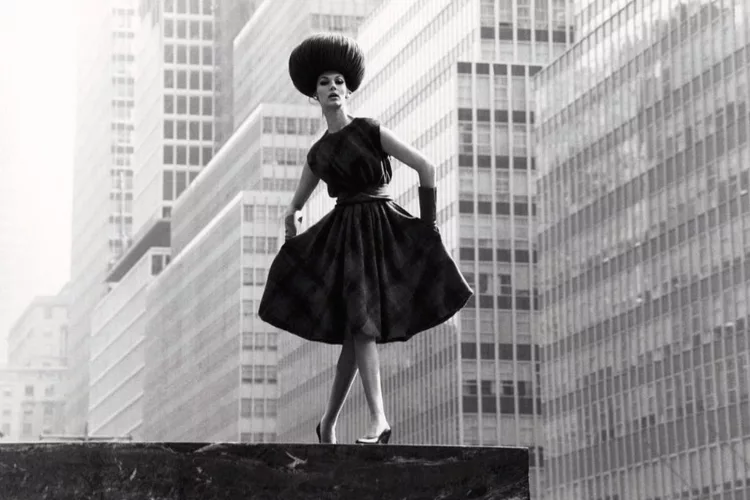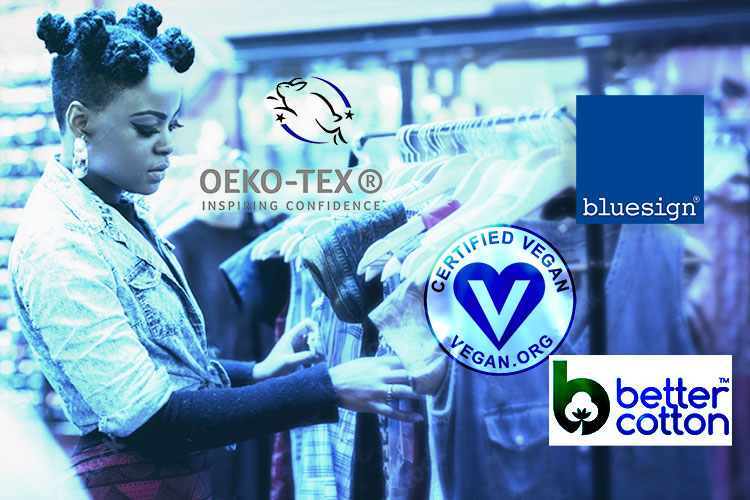–Katya Moorman

“The decision to ban fast fashion was made to support Vestiaire Collective’s long time work to promote alternatives to the dominant model of fashion. Fast fashion brands contribute to excessive production and consumption, resulting in devastating social and environmental consequences in the Global South. It is our duty to act and lead the way for other industry players to join us in this movement, and together we can have an impact.” noted Dounia Wone, Chief Impact Officer, Vestiaire Collective.
Vestiaire Collective is a Paris based, certified B Corp focused on luxury resale and a sizeable investment by Kering. It’s very similar to the RealReal in selection. But unlike the RealReal that lists the clothes themselves, Vestiaire is more like other resale sites where the seller is responsible for their own listings.
Recently they announced a significant move against fast fashion…
Vestiaire has banned 30 brands from its platform, marking the second phase of its anti-fast-fashion campaign.
This decision includes notable brands like Zara, H&M, Urban Outfitters, Gap, Abercrombie & Fitch, American Apparel, and Uniqlo. Previously, the company had banned other major fast-fashion names like: Shein, Topshop, Fashion Nova, Forever 21, and Missguided. This brings the total number of banned brands to 63.
Following this ban, these brands can no longer be bought and sold on Vestiaire. So far though this hasn’t hurt their overall business. The company observed that 70% of its members who previously bought or sold fast-fashion items returned to the platform to shop for higher-quality items. This trend suggests a growing consumer interest in sustainable and long-lasting goods.
There’s no resale value in fast-fashion
For as much as every brand is now vying for the secondhand market, the reality is that fast-fashion brands are filled with clothes that are poorly made. This is, of course, by design so buyers will need new items sooner and/or simply feel less bad about buying more. Vestiaire has said here is no value in fast-fashion items, even in resale.
But if Vestiaire is high end to begin with, isn’t this ban a little silly?
Not really. First of all, they originally allowed them. So for all their “high end” marketing they were still allowing a range of quality through. By banning these brands, Vestiaire Collective is reinforcing the idea of investing in quality over quantity. They have also offered alternative suggestions for sellers affected by this ban, such as re-styling items, upcycling, organizing clothing swaps, donating to charities, or repurposing end-of-life garments.
Who decided which brands to ban?
The decision was guided by specific criteria developed by Vestiaire Collective’s advisors. These include: Orsola de Castro, co-founder of Fashion Revolution and author; Liz Ricketts, co-founder and director of The Or Foundation; Lauren Singer, managing partner at Overview Capital; and Matteo Ward, co-founder of Wråd Living and UN/CEFACT advisor; Rachel Cernansky, Vogue Business Sustainability journalist.
How did they define “fast fashion”?
They looked at factors like low price point, high renewal rate, wide product range size, speed to market, and strong promotional intensity. To emphasize their message Vestiaire launched an awareness campaign to illustrate the impact of textile waste in major cities, aiming to transform the fashion industry and encourage more conscious consumption.
Why Does this matter?
On one hand, we could argue it doesn’t really matter. It doesn’t stop over production. It doesn’t stop high-end brands from using polyester and other harmful materials. And one could argue that it stops fast fashion from being re-sold and thus kept out of landfills longer. (Although we’d argue there are plenty of other sites where it could be sold.)
However, what it does do is shine a much needed spotlight on over-consumption and overproduction in the fashion industry, with a focus on reducing environmental harm and promoting eco-conscious practices. It also brings the conversation about fast fashion to the foreground and makes people more aware that cheap clothes aren’t worthy of resale…which leaves the question: are they worthy of being worn at all?
Related Articles






